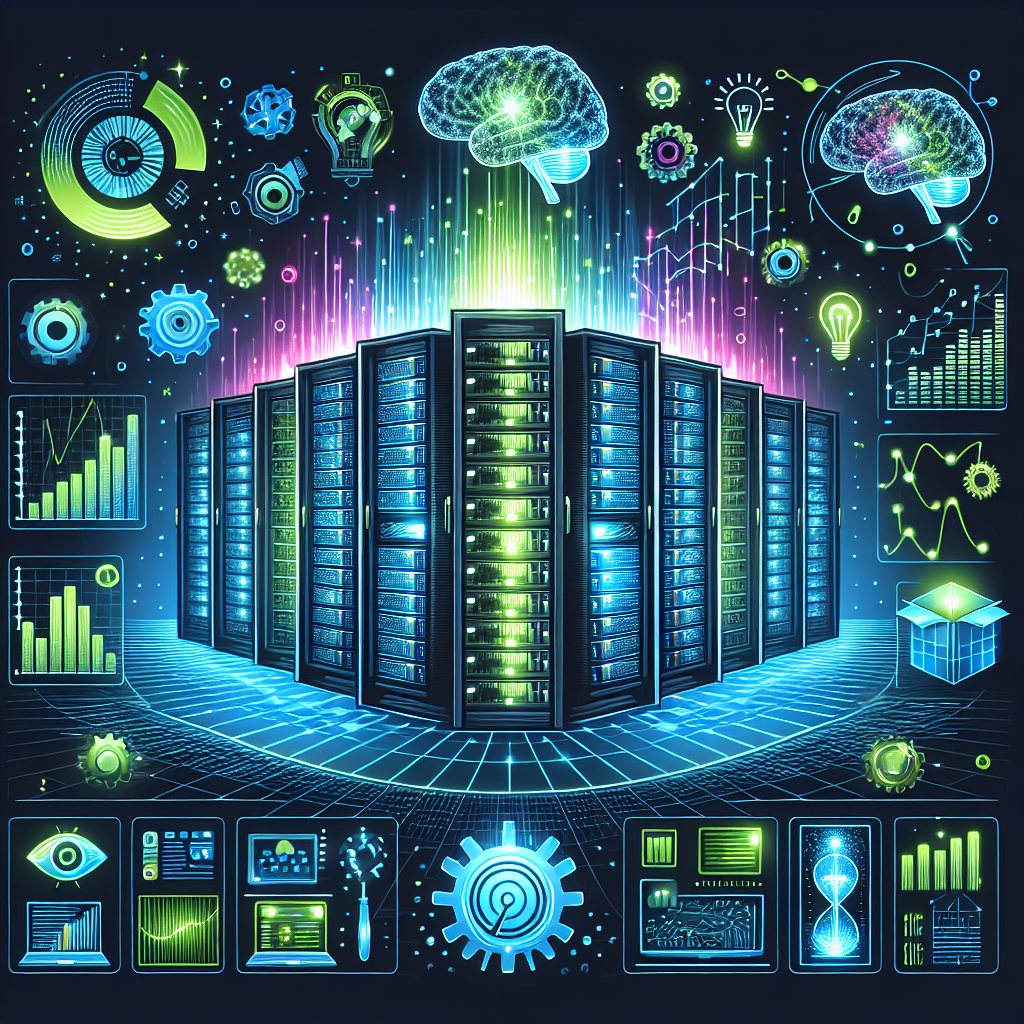Fix today. Protect forever.
Secure your devices with the #1 malware removal and protection software
Data centers are the backbone of the digital world, serving as the physical infrastructure that houses the servers, storage devices, networking equipment, and other hardware necessary for processing and storing vast amounts of data. In recent years, the proliferation of big data analytics and machine learning has led to a transformative impact on how data centers operate and the role they play in enabling these technologies.
Big data analytics refers to the process of extracting valuable insights from large and complex datasets, often in real-time, to inform decision-making and drive business outcomes. Machine learning, on the other hand, is a subset of artificial intelligence that involves training algorithms to learn from data and make predictions or decisions without being explicitly programmed. Both of these technologies rely on the processing power and storage capacity of data centers to handle the massive amounts of data required for analysis and training models.
One of the key ways in which data centers support big data analytics and machine learning is through their ability to scale resources up or down based on demand. As data volumes grow and processing requirements increase, data centers can quickly add additional servers and storage devices to accommodate the workload. This scalability enables organizations to handle fluctuating data loads and ensure that their analytics and machine learning applications can run efficiently and effectively.
Data centers also play a critical role in enabling the high-speed data processing and low-latency communication required for real-time analytics and decision-making. By leveraging high-performance networking infrastructure and specialized hardware accelerators, data centers can reduce the time it takes to process and analyze data, enabling organizations to make faster, more informed decisions based on up-to-date information.
Furthermore, data centers are increasingly incorporating advanced technologies such as edge computing and distributed computing to support big data analytics and machine learning applications. Edge computing involves processing data closer to where it is generated, reducing latency and enabling real-time analysis of streaming data. Distributed computing, on the other hand, involves spreading computational tasks across multiple servers or nodes to improve performance and scalability.
In conclusion, data centers play a crucial role in enabling the transformative impact of big data analytics and machine learning. By providing the necessary infrastructure and resources to process, store, and analyze vast amounts of data, data centers empower organizations to extract valuable insights, drive innovation, and improve decision-making. As these technologies continue to evolve and grow in importance, data centers will play an increasingly vital role in supporting their development and adoption.
Fix today. Protect forever.
Secure your devices with the #1 malware removal and protection software

Leave a Reply
You must be logged in to post a comment.